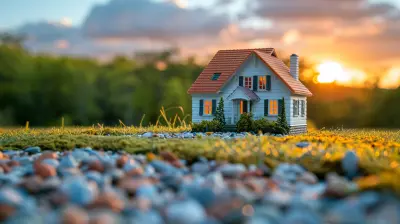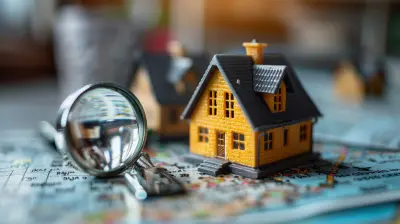Creating a Welcoming Atmosphere with Minimalist Staging
22 August 2025
When it comes to selling a home, first impressions matter—a lot. Potential buyers aren’t just looking at the structure; they’re trying to envision their future lives in the space. That’s where home staging comes in. But there’s a fine line between making a home feel inviting and overwhelming it with too much decor. Minimalist staging strikes the perfect balance, offering a clean, open, and welcoming feel without distraction.
If you’re preparing to sell a property (or just want your home to feel like a calm retreat), mastering minimalist staging can make all the difference. Let’s break down how to use this approach to create a warm and inviting atmosphere that appeals to buyers.
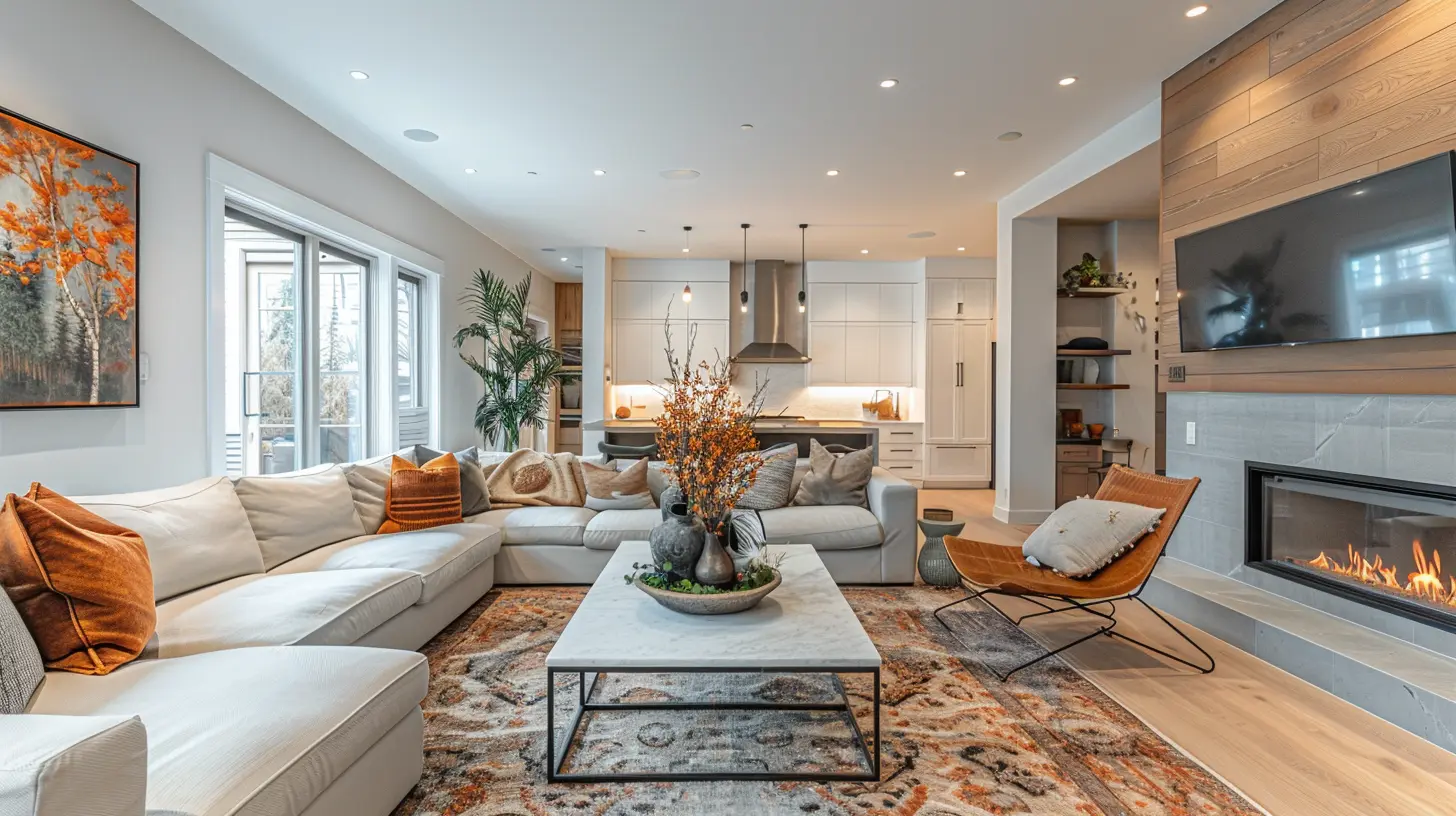
Why Minimalist Staging Works
Minimalism in staging isn’t about stripping a home down to bare walls and floors. Instead, it’s about using just the right amount of furniture, decor, and lighting to create a space that feels open, airy, and stylish—without feeling sterile.So, why does it work so well?
- It helps buyers focus on the space, not the stuff. A cluttered home can feel cramped and chaotic, making it harder for buyers to see the potential.
- It makes rooms feel larger. Open spaces feel more inviting and allow buyers to visualize their own furniture in the home.
- It gives off a “move-in-ready” vibe. A clean and minimally staged home suggests easy maintenance and a fresh start.
- It highlights key features. Architectural details, spacious layouts, and natural light stand out more when they aren’t competing with excessive decor.
Minimalist staging is all about balance. It ensures the home feels lived-in but not overdecorated, stylish but not impersonal.
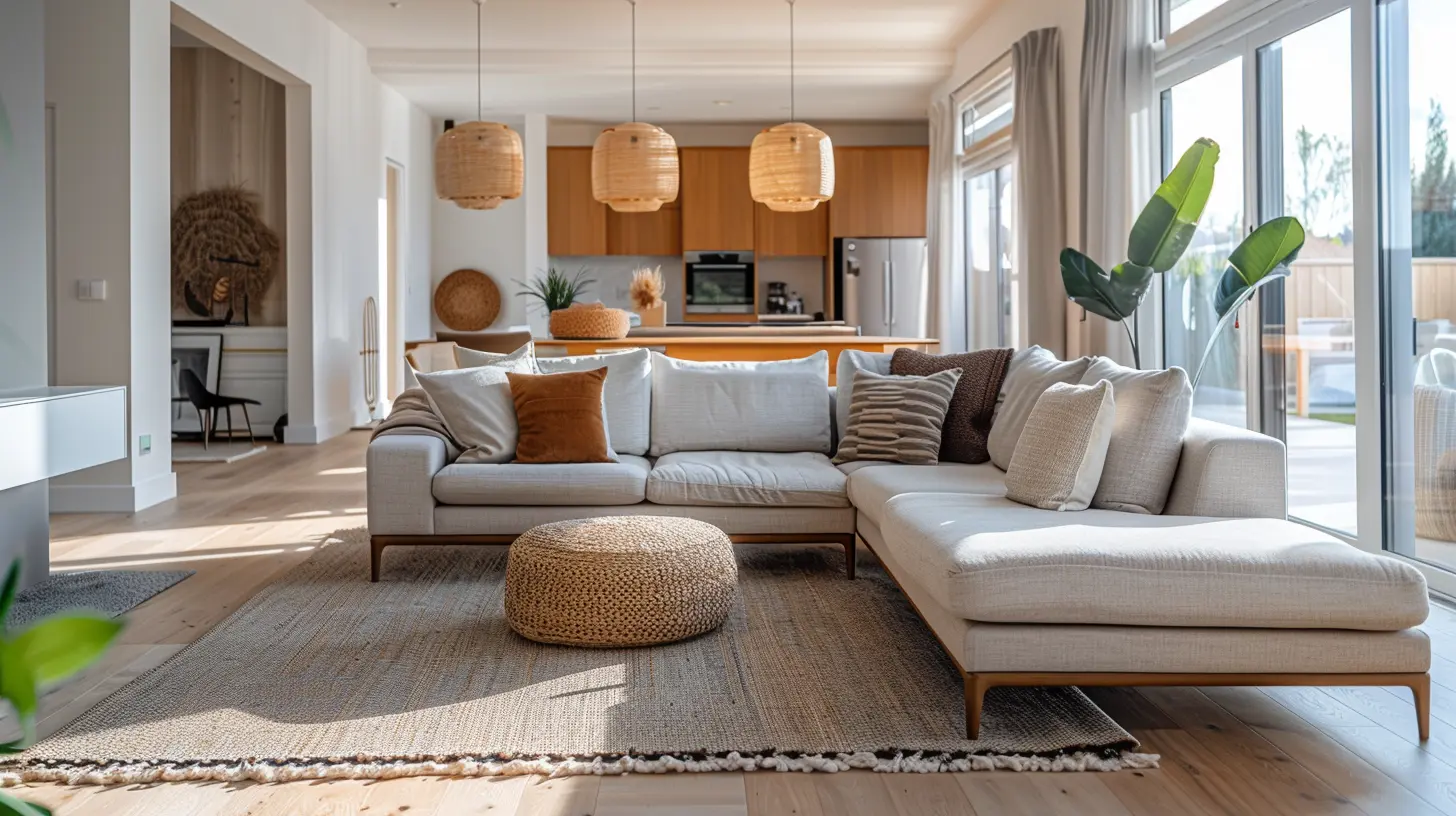
Declutter Without Making It Look Empty
Decluttering is the first and most important step in minimalist staging. But there’s a difference between decluttering and making your home look bare. You want to remove excess, not personality.How to Declutter Effectively:
- Use the “one-third rule.” Keep about one-third of what you normally have on shelves, counters, and furniture surfaces. This makes the space feel curated, not abandoned.- Limit personal items. Family photos, children’s artwork, and personal collections should be packed away to help buyers envision themselves in the home.
- Remove unnecessary furniture. If a room feels crowded, take out any extra seating or decor that doesn't contribute to the overall flow.
- Declutter by category. Instead of tackling an entire room at once, focus on specific categories like books, clothes, or kitchen items. This approach makes the process more manageable.
Decluttering doesn’t mean your home has to feel empty—it just needs to feel intentional.
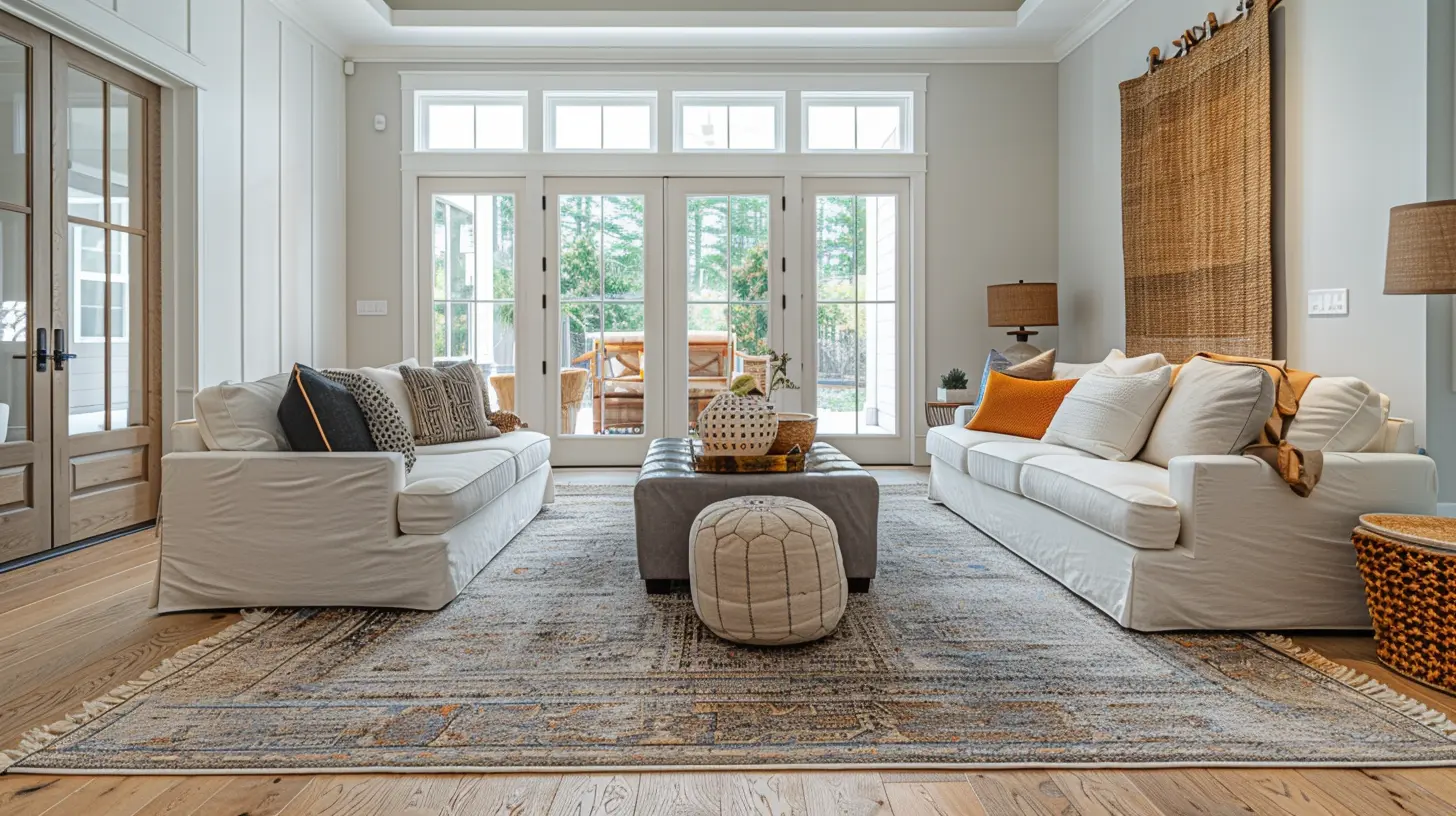
Neutral Yet Inviting Color Palettes
Color plays a crucial role in staging. While bold colors can be fun, they don’t always appeal to a broad audience. A neutral palette creates a calming effect and allows buyers to visualize their own style within the space.Best Minimalist Staging Colors:
- Soft whites and warm beiges – Make spaces feel bright and clean.- Light grays and taupes – Add a modern touch without feeling too stark.
- Earthy tones like soft greens or muted blues – Bring in a subtle pop of color while maintaining a serene environment.
To keep a neutral palette from feeling dull, use textures—such as throw blankets, rugs, or linen drapes—to add depth and warmth.
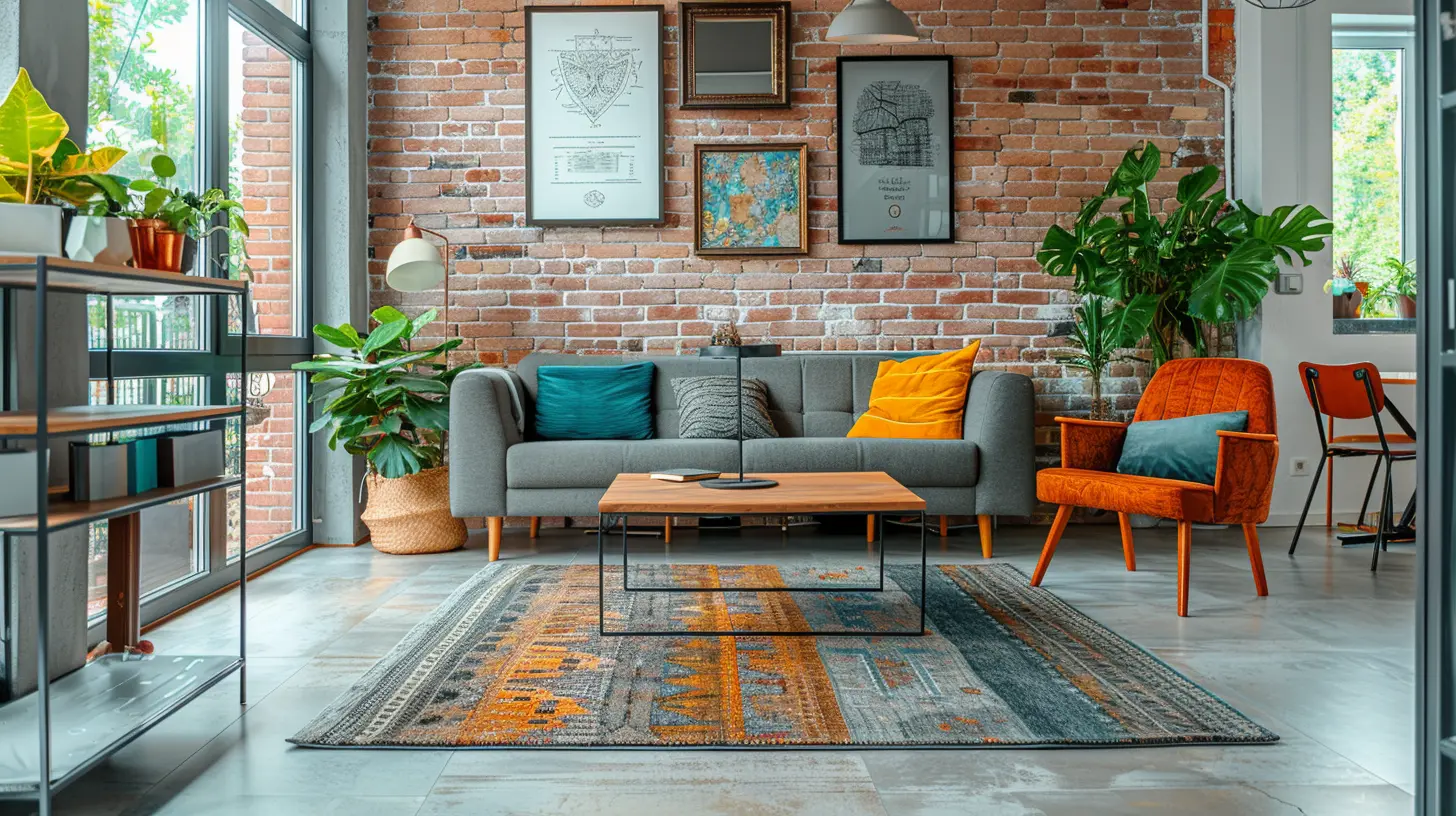
Thoughtful Furniture Arrangement
The way you arrange furniture has a big impact on how large and functional a space feels. Minimalist staging focuses on a layout that creates easy movement and a sense of purpose for each room.Tips for Arranging Furniture:
- Prioritize flow. Ensure there’s a natural flow from one room to the next by leaving ample walking space.- Highlight focal points. Position furniture to draw attention to key features like a fireplace, large windows, or built-in shelves.
- Use fewer pieces, but make them count. A few well-chosen furniture pieces are better than filling the room with unnecessary extras.
- Stick to symmetrical arrangements. Whether it’s a seating area or a bedroom setup, symmetry creates a sense of balance and order.
A well-arranged space feels open and inviting, helping buyers easily visualize how they’d use the space.
Lighting for a Welcoming Atmosphere
Lighting is a game-changer in home staging. The right lighting can make a home feel warm and cozy, while poor lighting can make it feel cold and uninviting.Lighting Strategies to Enhance Minimalism:
- Use natural light to your advantage. Keep curtains sheer or pulled back to maximize sunlight.- Layer your lighting. Use a mix of overhead lights, table lamps, and floor lamps to create depth and warmth.
- Opt for soft white bulbs. Harsh lighting can make a home feel sterile, while warm lighting enhances coziness.
- Highlight key areas. Use accent lighting to draw attention to standout features—like under-cabinet lighting in the kitchen or a well-placed reading lamp in the living room.
Good lighting transforms a space and enhances the inviting vibe you’re aiming for.
Thoughtful Decor Without Overdoing It
Minimalist staging doesn’t mean a home should lack personality. The goal is to create a space that feels stylish and lived-in—just without the excessive decor.The Right Way to Use Decor:
- Incorporate natural elements. Plants, fresh flowers, or a simple bowl of fruit can add warmth without feeling overdone.- Stick to a few statement pieces. A beautiful mirror, a well-chosen piece of art, or a decorative vase can enhance a space without overwhelming it.
- Use textiles strategically. A cozy throw blanket, textured pillows, or a simple area rug can make a room feel inviting.
- Avoid loud patterns. Stick to subtle designs that blend seamlessly with the space.
A little decor goes a long way. The trick is to add warmth without making the home feel cluttered.
Bathroom and Kitchen Minimalism
Bathrooms and kitchens are top selling points in any home, and minimalist staging can make these spaces feel fresh, clean, and luxurious.Minimalist Staging Tips for Bathrooms:
- Keep counters clear. Only leave a few neatly placed essentials, like a candle or a folded towel.- Use white or neutral towels. They give off a spa-like, clean feel.
- Make it sparkle. A spotless bathroom looks more inviting and well-cared-for.
Minimalist Staging Tips for Kitchens:
- Clear counters. Only leave essentials, like a coffee maker or a bowl of fruit.- Organize cabinets. Buyers will look inside, so keep them tidy.
- Stick to neutral dishware. A simple set of white dishes on open shelves enhances a clean aesthetic.
Keeping these spaces fresh and functional makes a lasting impression on buyers.
Final Touches: Scent, Sound, and Ambiance
Staging isn’t just about what buyers see—it’s about engaging all their senses.- Scent: A light, pleasant scent (think fresh linen or vanilla) enhances the welcoming atmosphere. Avoid heavy perfumes or overpowering air fresheners.
- Sound: Soft background music, like instrumental jazz or acoustic tunes, can make a home feel warm and inviting.
- Temperature: Keep the home at a comfortable temperature. If it’s cold outside, a warm interior makes the space feel cozier.
The right atmosphere subtly influences how buyers feel, making them more likely to connect with the home.
Conclusion
Minimalist staging is one of the most effective ways to create a welcoming, buyer-friendly home. By focusing on decluttering, neutral colors, thoughtful furniture arrangements, good lighting, and carefully chosen decor, you can highlight your home’s best features without overwhelming potential buyers.Remember, staging isn’t about making a home look “perfect”—it’s about making it feel inviting. Whether you're selling your home or just refreshing your space, a minimalist approach will always create a sense of warmth and possibility.
all images in this post were generated using AI tools
Category:
Home StagingAuthor:

Lydia Hodge
Discussion
rate this article
1 comments
Taryn McFadden
Less clutter, more emotional connection.
August 30, 2025 at 11:04 AM

Lydia Hodge
Thank you! Emphasizing emotional connections through minimalism truly enhances the welcoming atmosphere.
